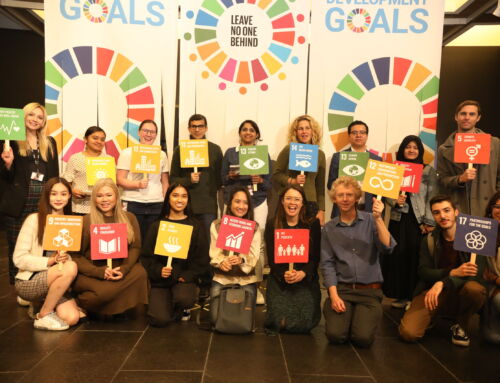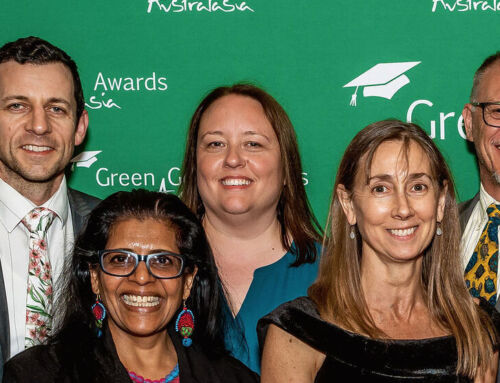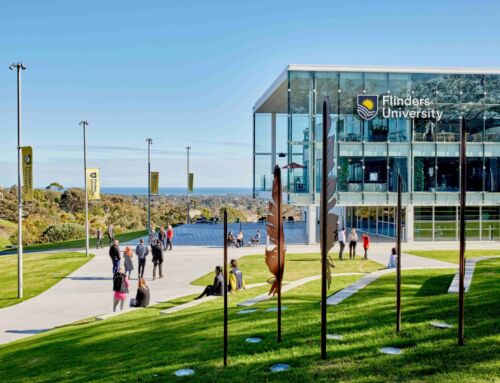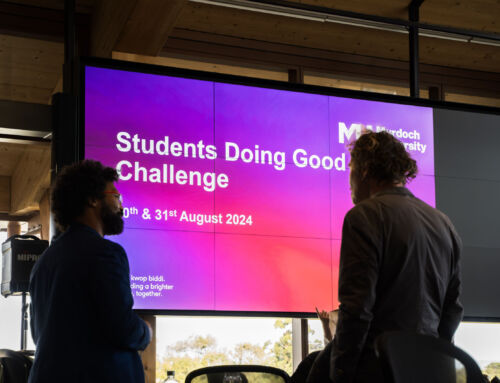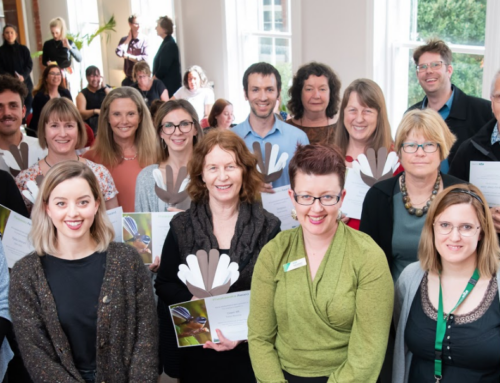UC’s Biodiversity Projects Coordinator is working with students and local community groups to monitor and control predators in a large section of the campus. This project commenced in June 2022 and has already involved 10 students and gained media attention.
The project has leveraged the enthusiasm and expertise of students in the Environmental Science club (EnviroSoc), giving them practical field experience including building traps, working with a cloud-based reporting platform, health and safety protocols and learning more about predators (and their prey) in a suburban context.
Does this project relate to UC’s sustainability strategy, and are there any associated goals or targets?
Yes, this project falls directly out of the Sustainability Plan, which is a component of the University’s overall Strategic Vision. Within the Sustainability Plan, a detailed Biodiversity Plan 2022-2025 establishes a wide range of actions and targets for building up numbers of native species (both fauna and flora). This work was possible because of the agreed strategic objectives it supports.
What challenges has this program navigated?
The initial challenge was to get the Biodiversity Projects Coordinator role funded. This was finally achieved in 2021, after the original Biodiversity Plan had been developed in 2018. However, now that Emily Arthur is on board in this role things have been moving along swiftly. She has created some brilliant relationships within the student community and there is real momentum behind the project.
What advice would you give to other institutions looking to replicate this project?
The first step in getting this work off the ground was approval of the strategic goals at the highest level of the University, which occurred in 2020. This allowed the further development of the Biodiversity Plan and approval of Coordinator role and other resourcing requirements in 2021. While this was all happening the Sustainability Office was fielding calls from students interested and keen to support predator control work, and wondering how they could get involved. So it all came together nicely. There seems to be huge interest right now in hands-on, biodiversity related work (like plantings). Trapping and monitoring takes this work to a new level (because it involves handling dead animals), and very clear processes and support for students doing this work is certainly required.


